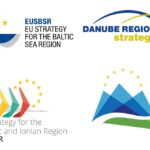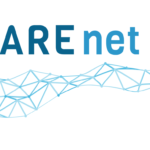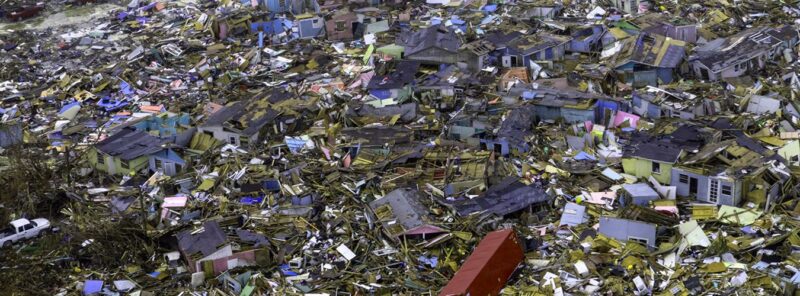This year’s International Day for Disaster Risk Reduction is all about governance. You can measure good disaster risk governance in lives saved, reduced numbers of disaster-affected people and reduced economic losses. COVID-19 and the climate emergency are telling us that we need clear vision, plans and competent, empowered institutions acting on scientific evidence for the public good.
This requires having national and local strategies for disaster risk reduction in place by the end of the year as agreed by UN Member States when they adopted the Sendai Framework for Disaster Risk Reduction in 2015. We need to see strategies that address not just single hazards like floods and storms, but those that respond to systemic risk generated by zoonotic diseases, climate shocks and environmental breakdown.
Good national and local strategies for disaster risk reduction must be multi-sectoral, linking policies in areas such as land use, building codes, public health, education, agriculture, environmental protection, energy, water resources, poverty reduction and climate change adaptation.
It’s time to raise our game if we want to leave a more resilient planet to future generations.
For further informations visit the United Nations website.





